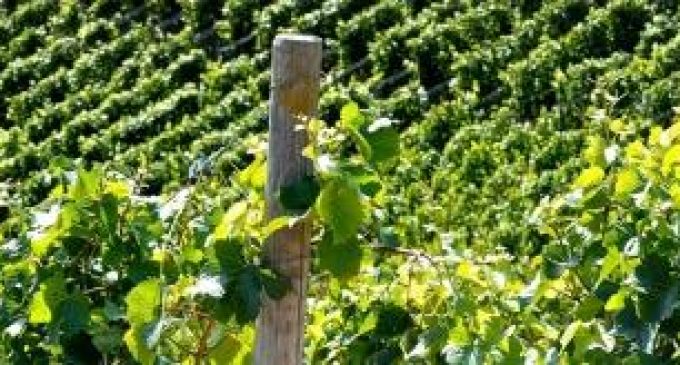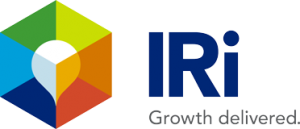Prosecco Bursts Champagne’s Bubble With Faster Sales Growth Across Europe

Prosecco sales across Europe hit €789 million in 2016, compared to Champagne sales worth €1.4 billion, according to the latest figures from IRI, the provider of big data and predictive analytics for FMCG manufacturers and retailers. But while Champagne is outstripping its lower-cost rival by almost double in the market value overall, the figures show that Prosecco continues to be the fizzy drink of choice among consumers, with 77 million litres bought — 25% more than Champagne and with growth of 24% in value and 23% in volume.
The Champagne market continues to grow slightly in value, up 0.9% in the year to 30 September 2016, but down 0.3% in volume. Ironically, of all of the countries analysed – including the UK, Spain, France, Italy, Netherlands and Germany in Europe, the United States and Australia/New Zealand – France, home of champagne production, is the only one with volume declines, at -1.2%. However, France remains the number one market, worth €921 million, accounting for around 66% of all Champagne sales measured in Europe.
Despite recent IRI figures showing that Champagne prices have fallen in the UK, down 7% since the EU referendum in June, the UK Champagne market is worth around a third of a billion Euros (€333 million). However, this is now dwarfed by Prosecco sales of €600 million, over three-quarters of all sales for the tipple in Europe, and growing in the UK by a staggering 25% in value and volume.
Tim Eales, Strategic Insight Director at IRI, comments: “It’s official: we’re all celebrating far too much according to our figures! Whilst Champagne growth appears to be slowing significantly across most of Europe, although up in other parts of the world, Prosecco continues to grow and grow in almost every market apart from the Netherlands. Even Cava, which seemed to fall out of favour with the rise in popularity of Prosecco a few years ago, has seen value and volume increases in most countries this year.”
 IRI’s data shows that the sparkling wine market as a whole, which includes Champagne, Prosecco, Cava and other sparkling wines, is now worth almost €4.6 billion in sales value across Europe, with a further €1.7 billion across the US/Australia/New Zealand. The UK, France and Germany are the standout markets, where in each country, sales are worth more than one billion Euros.
IRI’s data shows that the sparkling wine market as a whole, which includes Champagne, Prosecco, Cava and other sparkling wines, is now worth almost €4.6 billion in sales value across Europe, with a further €1.7 billion across the US/Australia/New Zealand. The UK, France and Germany are the standout markets, where in each country, sales are worth more than one billion Euros.
Based on consumption per head, France is way ahead on Champagne and the UK is way ahead on Prosecco. However, Australians each drink roughly the same amount of Champagne as the Brits do, and twice as much as they drink in New Zealand. The popularity of Champagne and Prosecco is low in the United States, relative to European marketplaces, but both are showing marked growth during this most recent timeframe.
Additional highlights:
- The Champagne market in Europe is worth €1.4 billion, growing by 0.9% in value, but down 0.3% in litres.
- All countries show Champagne volume growth, except for the largest market, France.
- Champagne litre sales in France are 4.5 times higher than next biggest country, the UK, but at prices less than two-thirds of the UK price.
- The lowest average price for Champagne is in Germany, with the US, NZ and Australia more than twice the German price.
- Prosecco is worth €789 million in Europe, growing by 24% in value and 23% in volume.
- UK Prosecco sales are worth €600 million, growing by 25%. Only the UK and the US spend more on Prosecco than Champagne.
- Prosecco is cheapest in Spain, almost a quarter of the UK price. Spain drinks 200 times more Cava than Prosecco.
- Cava is growing volume quickly in most countries, especially in France and the UK, but declining in its home country of Spain.
- The UK drinks 2.5 times more Prosecco than Italy and pays almost twice the price per litre.
- Germany has the highest sales for all sparkling wine, at €1.34 billion, with the UK second at €1.27 billion, but Germany is not drinking much Champagne or Prosecco.
- The highest promoters of sparkling wine in Europe are Italy, Germany and the UK. Italy and Germany are uncharacteristically high.

































